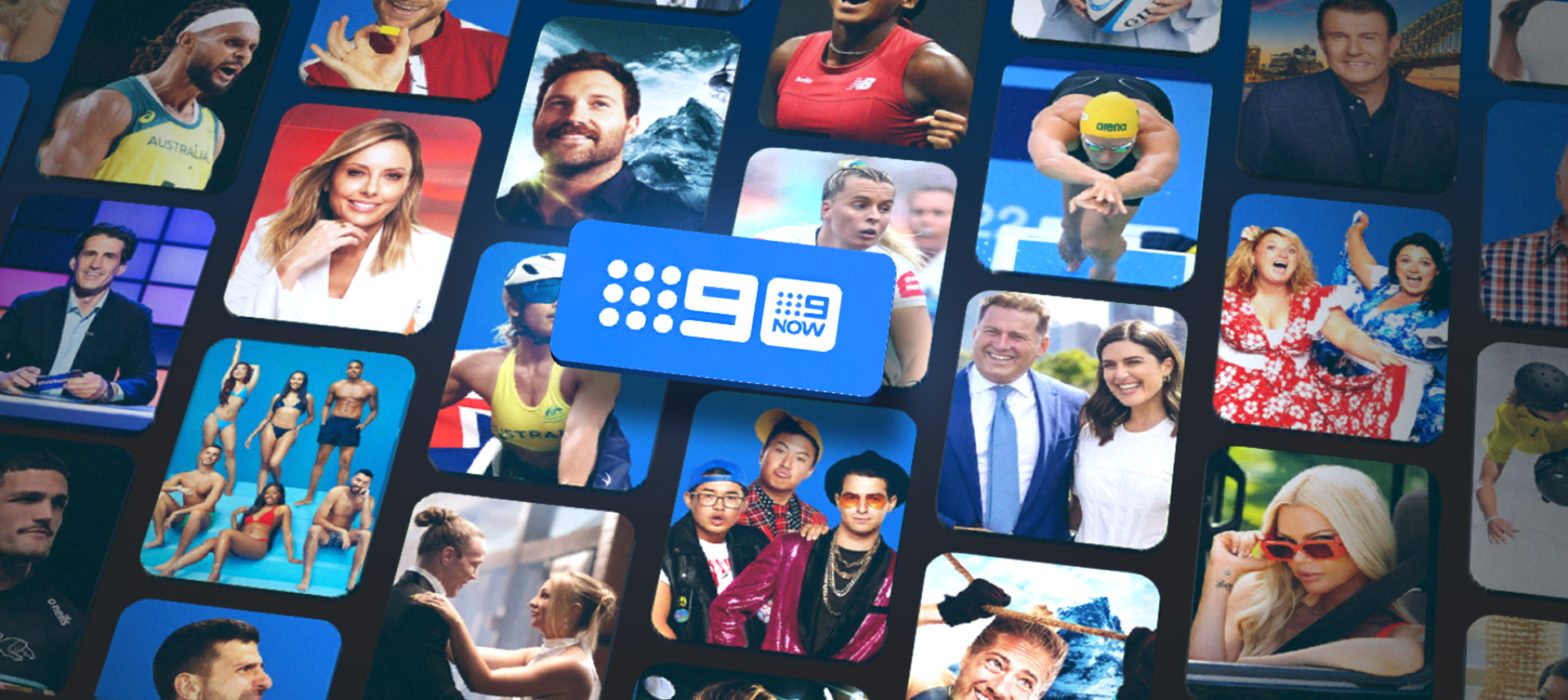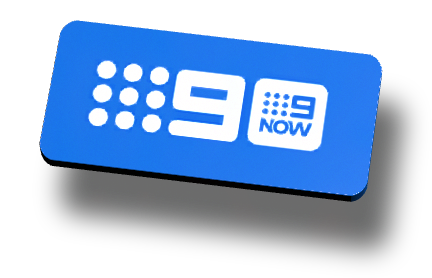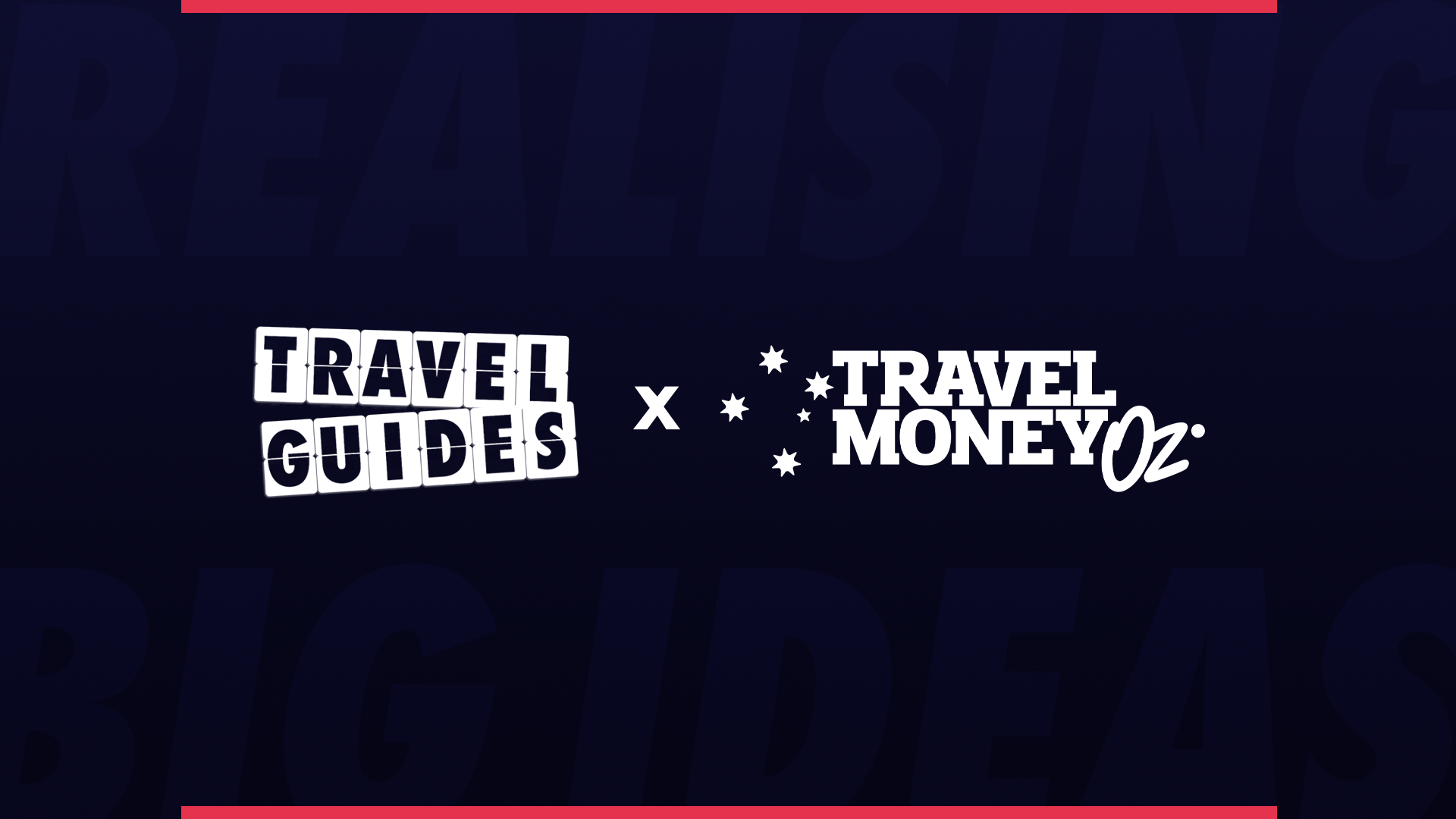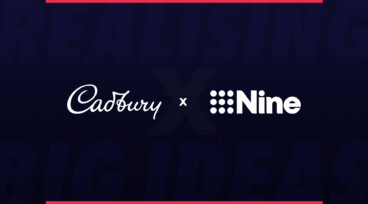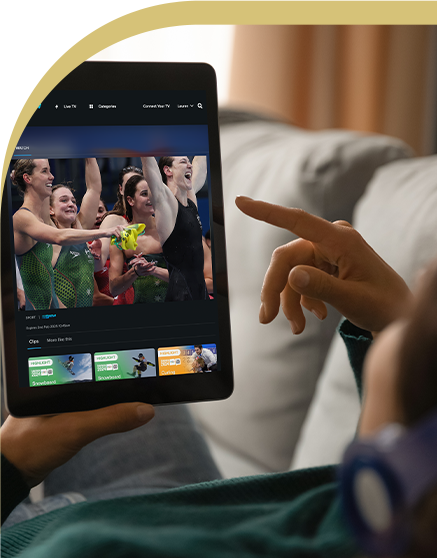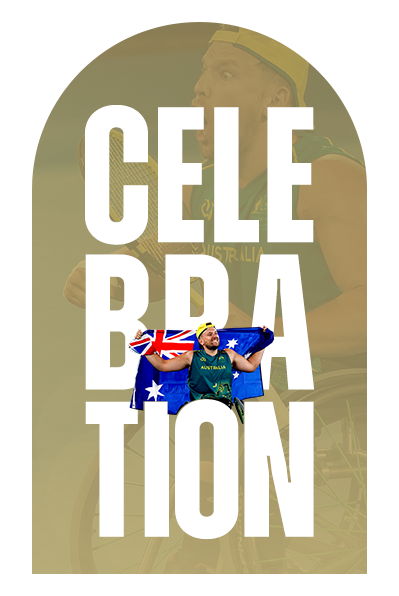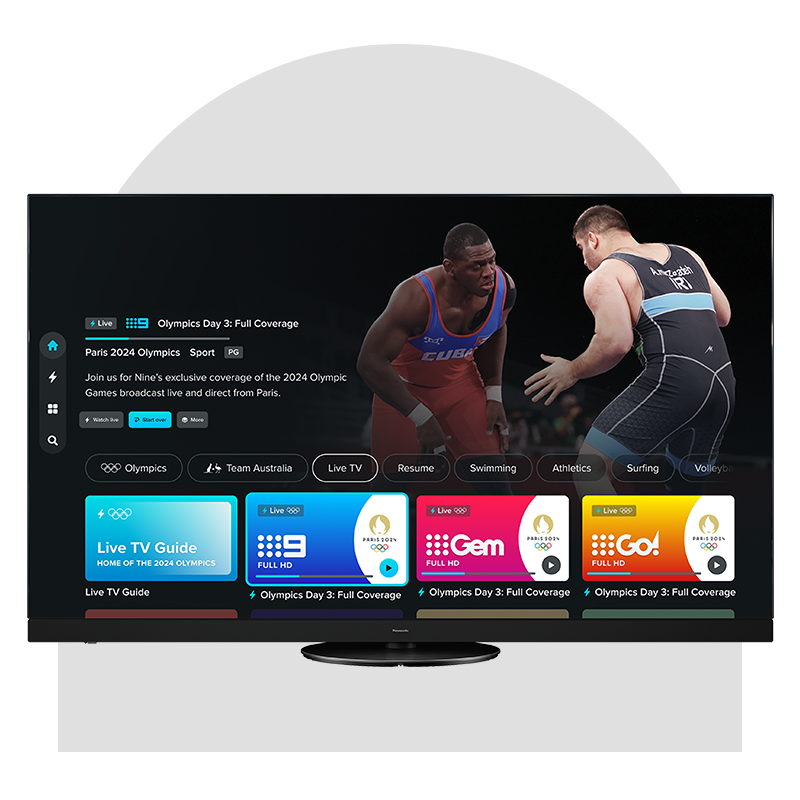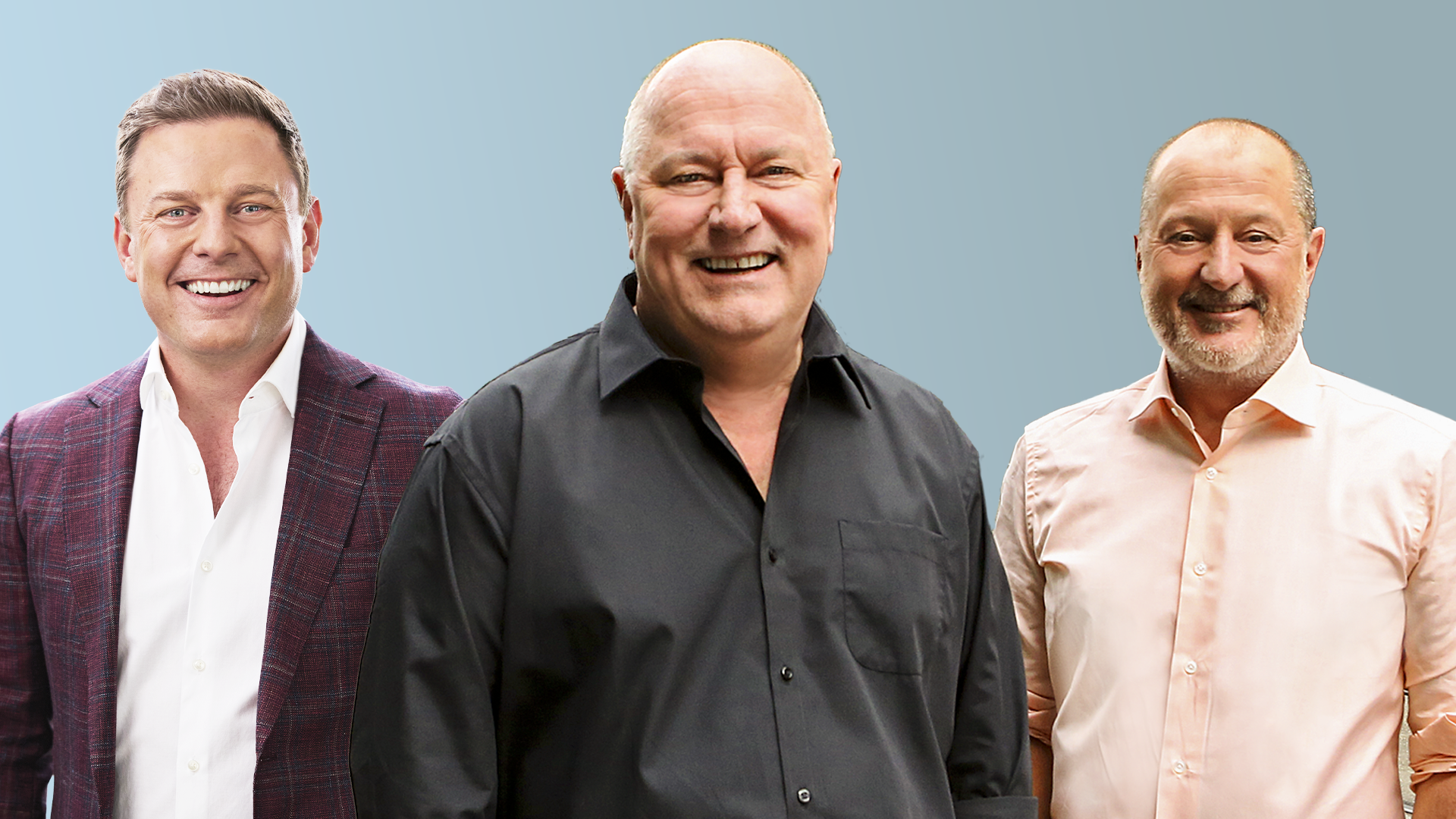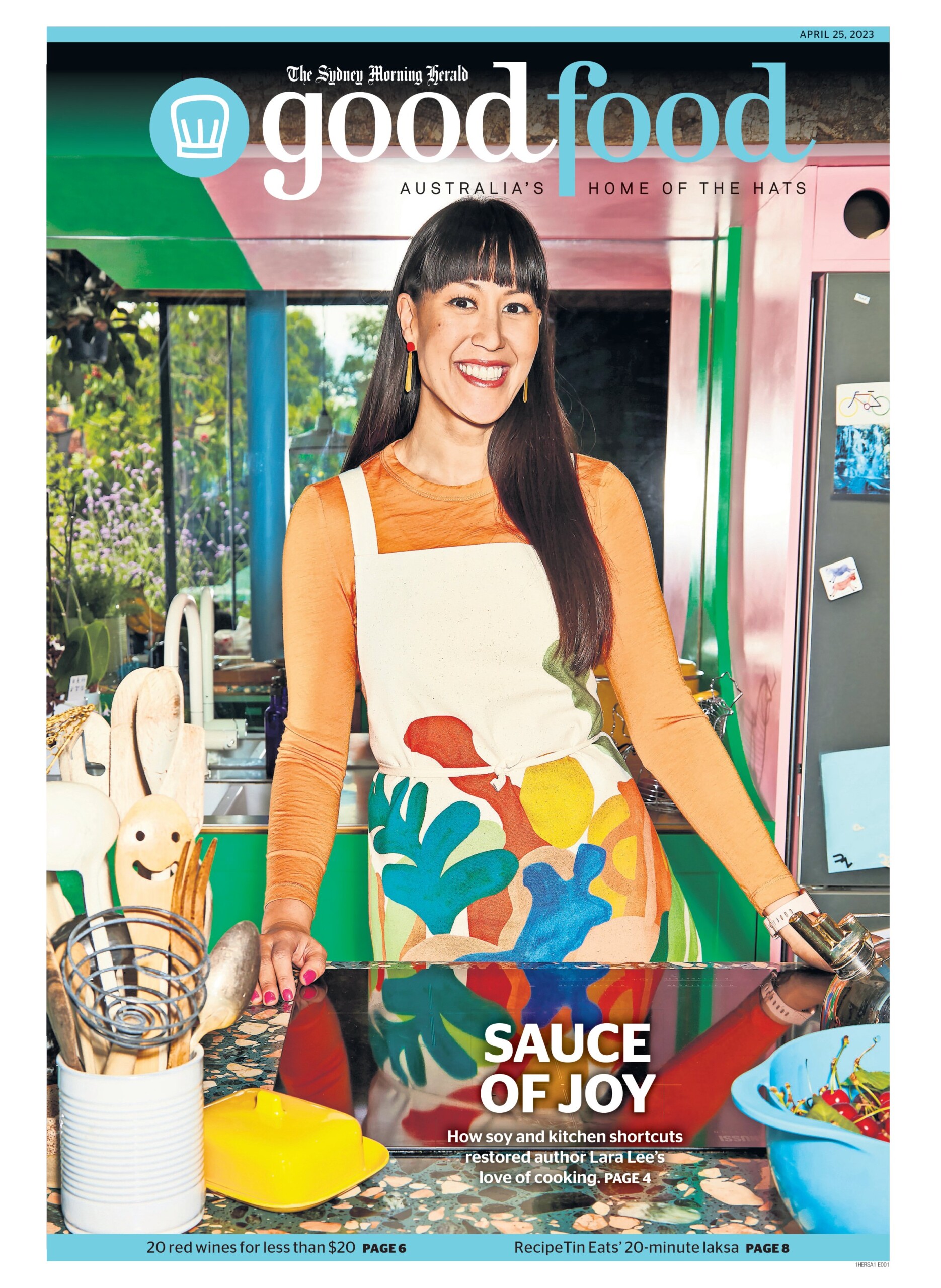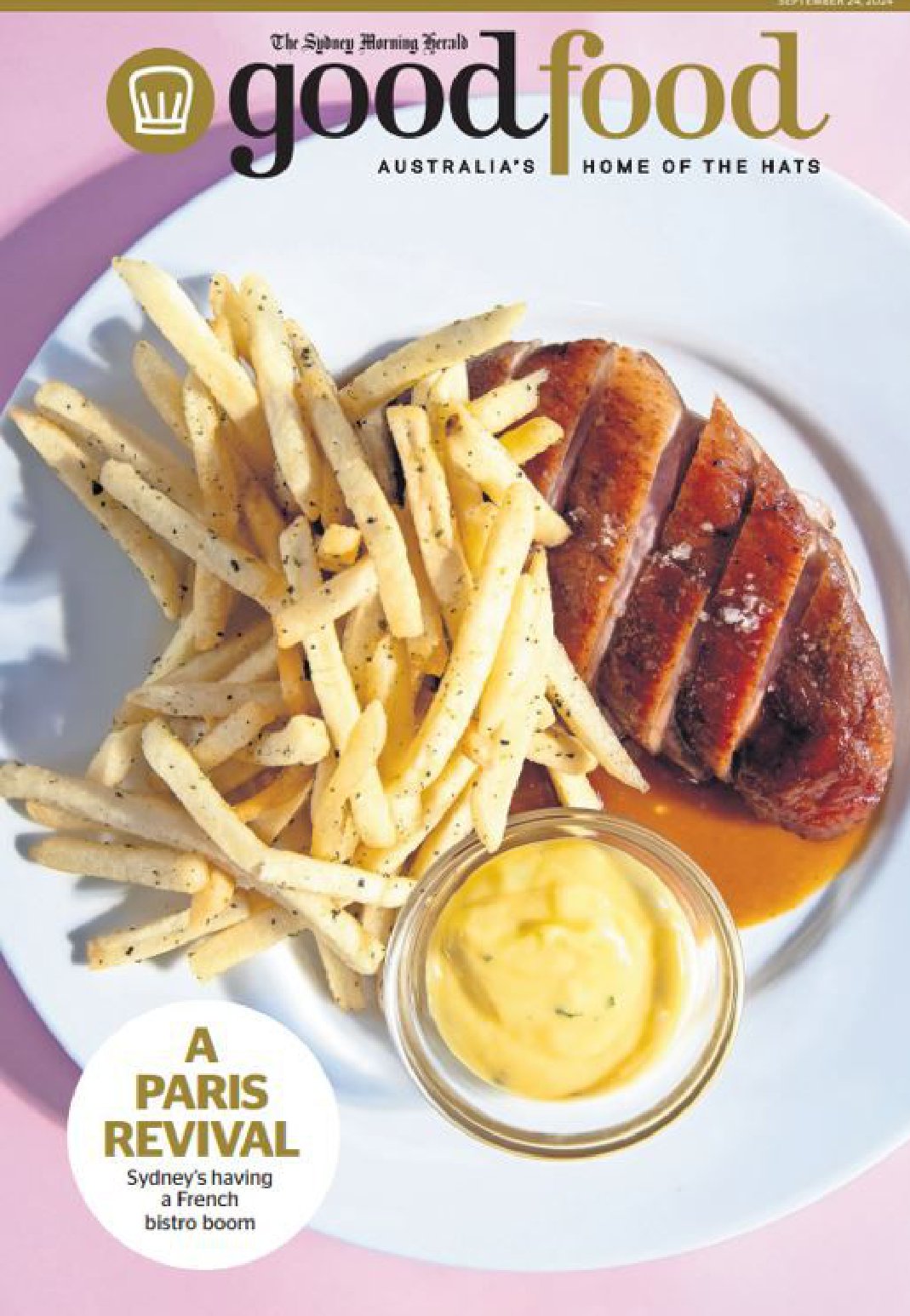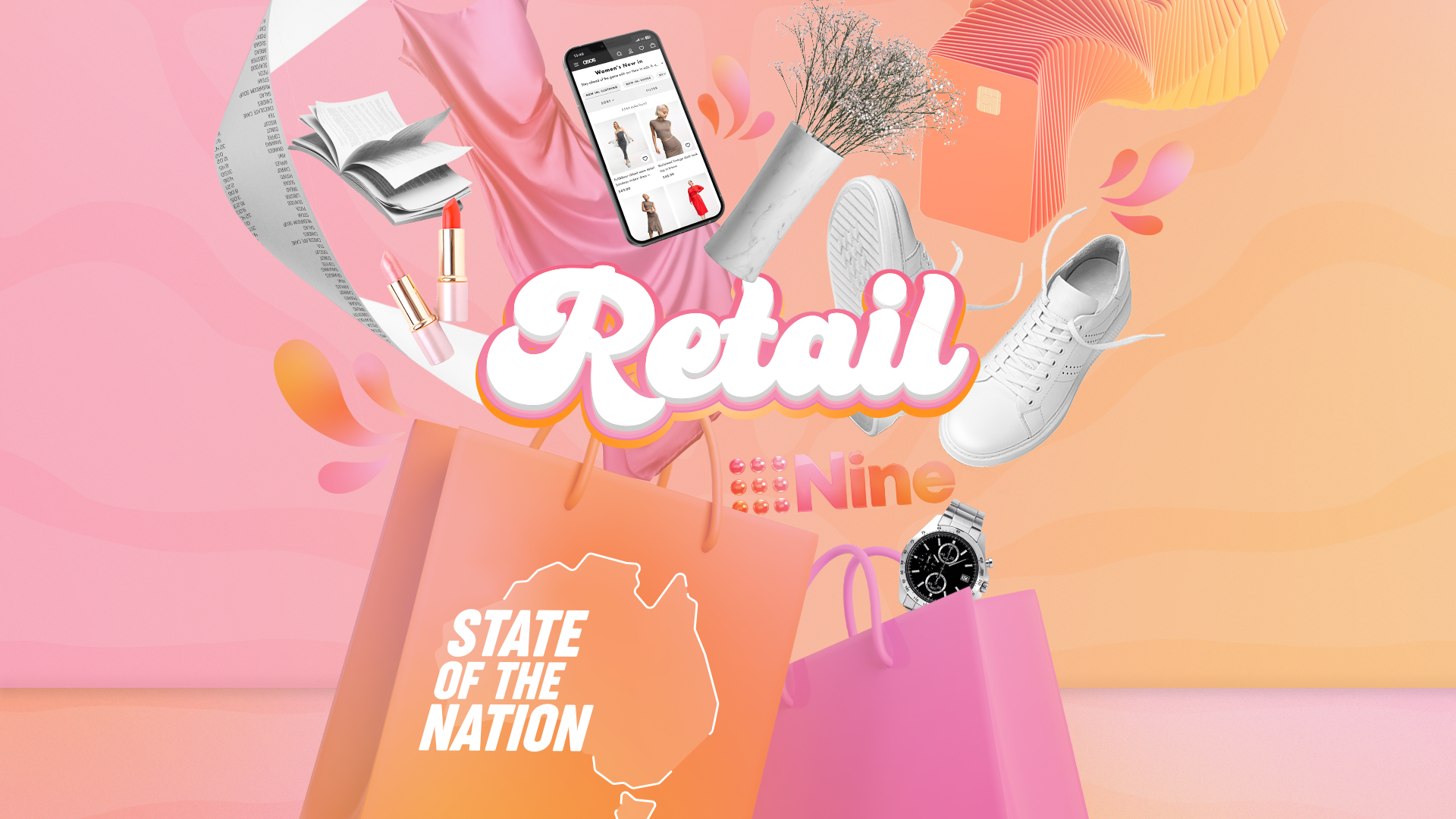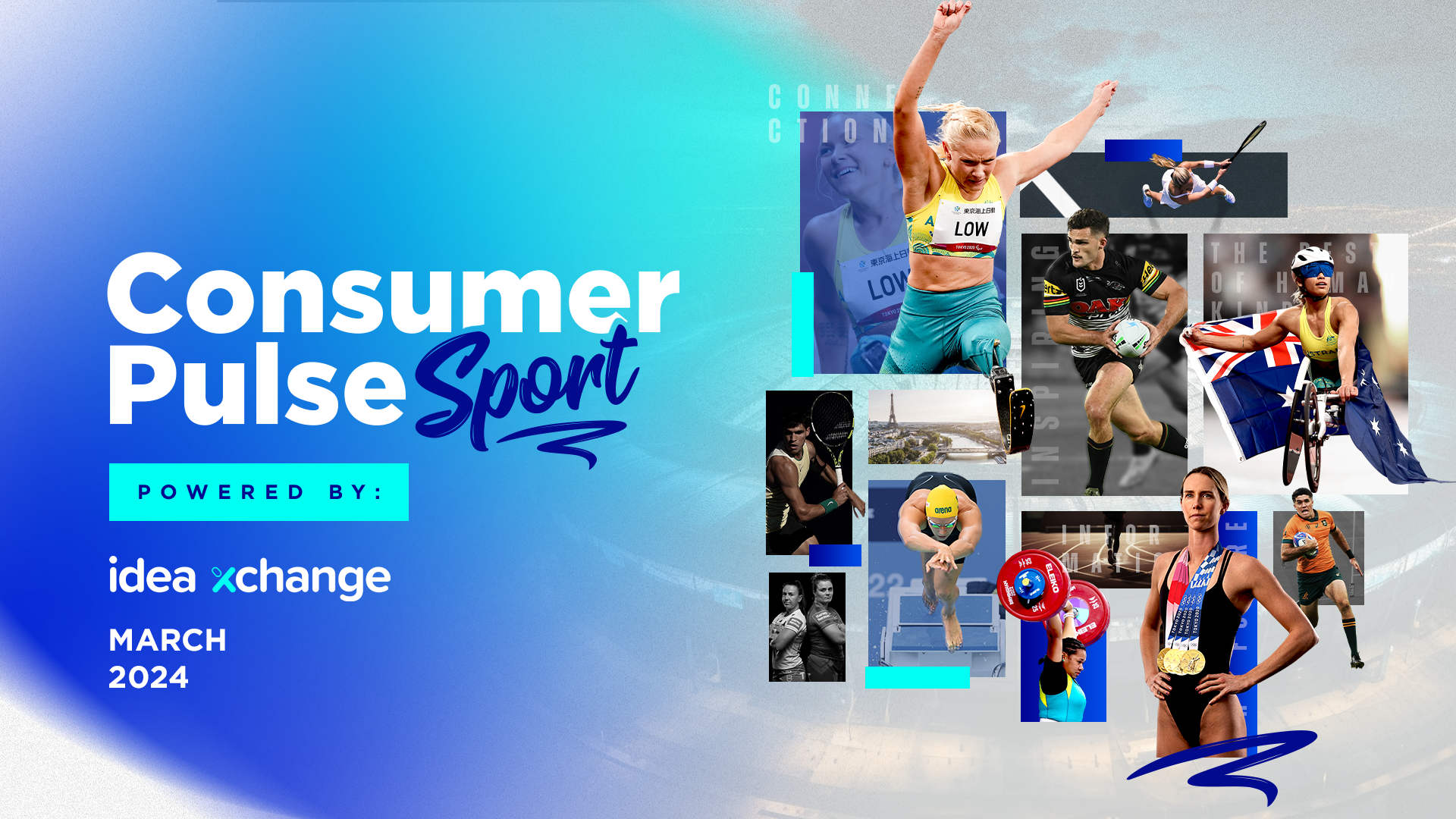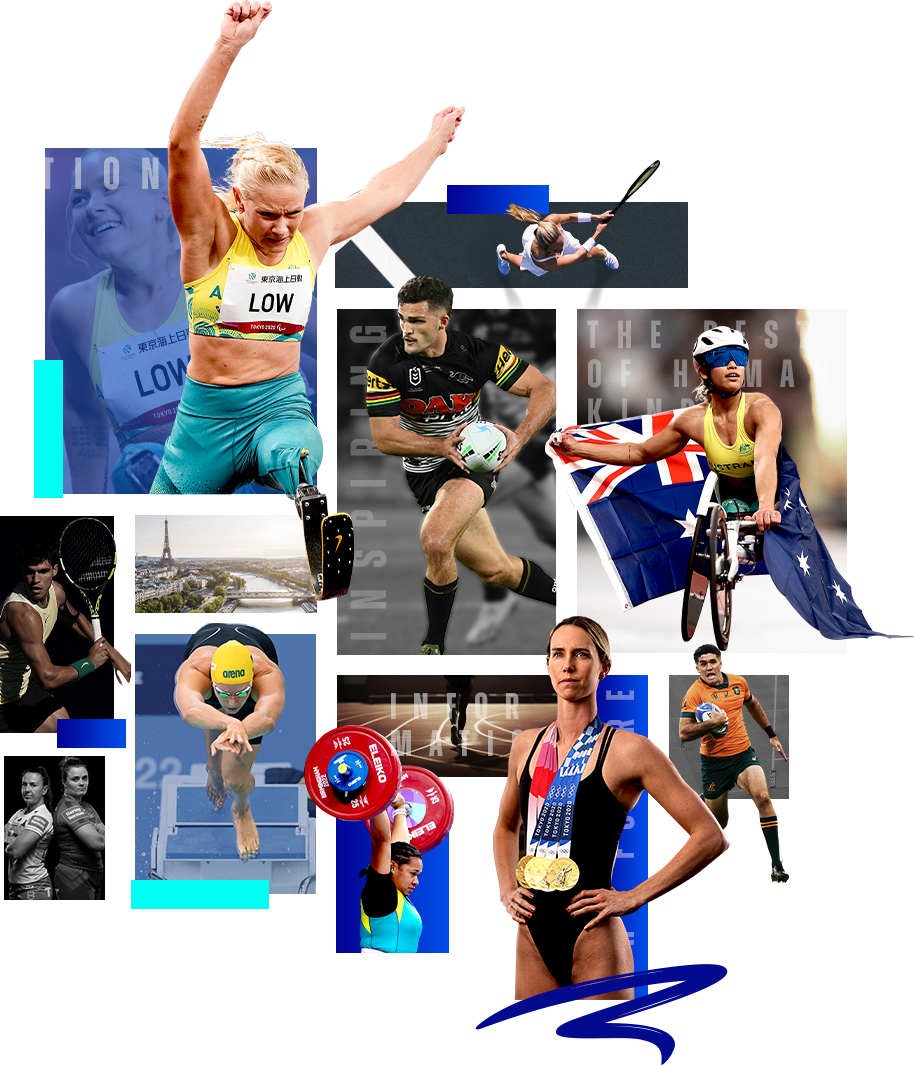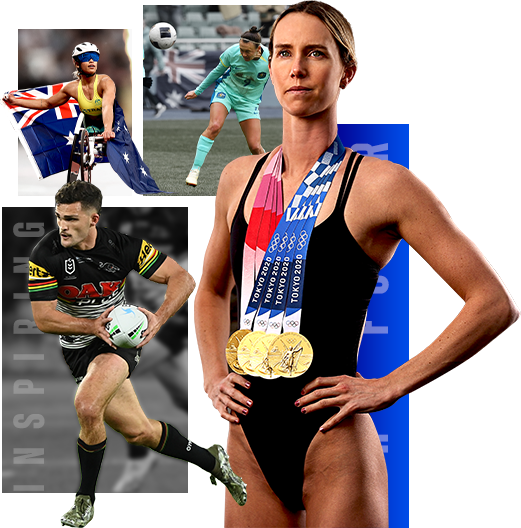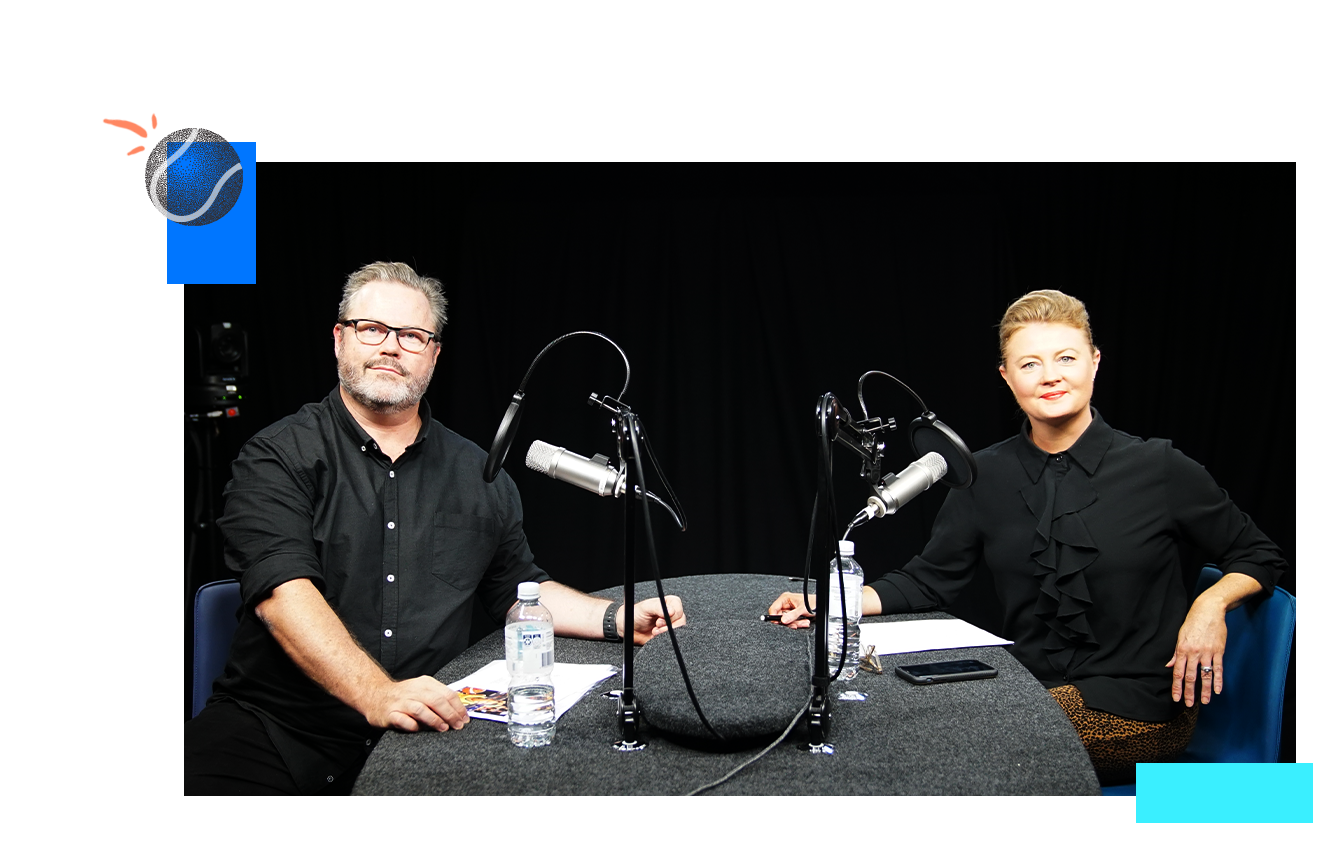Mike Sneesby, Nine CEO
Just over 12 months ago we announced that Nine would be Australia's home of the Olympic Games for the next decade.
Major sporting events have become an increasingly important part of the programming line-up for a media company and they don't get bigger than the Olympics, so this deal was huge for Nine.
It's a privilege to be able to bring Australians the Olympics and Paralympic Games, harnessing the power of Nine, 9Now, Stan, our publishing platforms, digital, print and radio. We want to make sure that every Australian who loves the Olympics gets to experience it in a way that exceeds any coverage they've ever experienced.
That's a huge challenge but it's one that we're 100 per cent committed to and I have total confidence in our team to deliver.
Keep a look out for our state-of-the-art studio right in the heart of Paris, a stone's throw from the city's most iconic landmarks. As a viewer we're going to take you on a journey with our athletes, with unprecedented behind-the-scenes access. But you'll also get a better sense than ever for the remarkable athletic feats that are being achieved in front of your eyes, with augmented reality used in our studio analysis to put you in the pool with Ariarne Titmus or on the field with Mary Fowler and our Matildas.
When we first travelled to Switzerland to meet with the IOC, we wanted to demonstrate that the DNA of the Olympics still ran strongly through the Nine business. The last time Nine had hosted the broadcast of an Olympics was in London 2012 and one of the faces on your TV for that Games was Karl Stefanovic (he'll tell you he was the face), so of course we had to bring Karl along. For that first meeting with the IOC, we spoke about how Nine had evolved as a business, from what was a traditional network broadcaster to the breadth of streaming and digital assets that we are today.
During that trip we got to understand, and I personally got to understand, a lot more about the Olympic movement - the IOC has played such an important role in uniting the world, particularly in times of difficulty and political or civil unrest. The role that the IOC plays really aligns with Nine's purpose, 'Australia Belongs Here'.
Two years have passed since we got together in Switzerland and Nine's bond with the IOC has grown ever stronger.
After finalising the deal last January, time has moved quickly. Eighteen months isn't much of a runway to put together a major Olympics broadcast like Paris, so we've had to put our heads down and get to work.
Technology has evolved so greatly since Nine last hosted the Olympics in 2012, so for us to get prepared to broadcast the Games on every platform in such a short timeframe has been an enormous piece of work.
Australia will experience Paris 2024 like no Olympic Games has ever been experienced. Of course you will see it on linear broadcast TV, but complementing that will be up to 40 dedicated channels on 9Now, which also features a catch-up service allowing you to relive what happened overnight.
It's an incredible privilege to be able to bring you the Games in that way but it also means there are far more moving pieces than an Olympics broadcaster has ever had to deal with before, so even now there's a lot of work to be done.
That being said, the team at Nine has absolutely embraced the challenge. It makes me proud to watch the entire team come together, to see the mock ups of how it's going to look in the studio and the user experience we're bringing to life. With 100 days to go until the curtain is raised on the Paris 2024 Olympic Games what we've done together is incredible.
Australia hasn't yet seen an Olympic Games in the modern media era. In recent years the evolution of technology and streaming have really taken off. Past Olympic Games have been experienced primarily on broadcast television, so if you didn't watch it live, it was gone. Maybe there was a replay of the major medal events involving the Aussies but generally speaking it was linear broadcast and there was no means of being able to consume it in any other way.
What excites me about these Games is the way in which Australians will be able to access them has just exploded. You'll still be able to watch the Games the same way you always have but we're giving you so much more on top of that as well. Complementing the experience we'll deliver on Nine and 9Now, Stan will have an ad free proposition which will include 4k streams where they're delivered out from the IOC.
We'll live stream onto our publishing platforms as well as Nine.com.au and have our journalists covering the Olympics around the clock. We'll have a dedicated digital radio channel available which will also be covering the Games alongside coverage from our radio network.
So the ways in which Australians will be able to access this Olympics, the way they'll see technology really evolve their viewing experience, is like nothing we've seen before.
Bring on Paris 2024.
Wednesday, April 17, 2024












